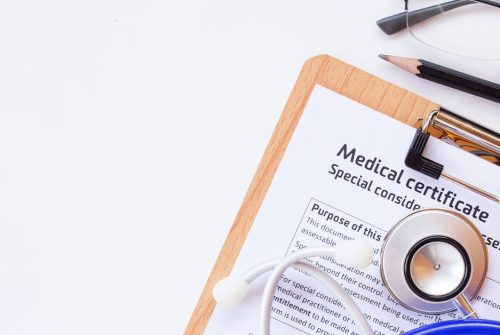
Do you have chronic pain in the pelvic region? It might be sciatica; sciatica is the pain that radiates along your sciatic nerve, which runs down one or both of your legs from the lower back. It might result from a herniated disk that compresses part of the nerve. You should look for a Las Vegas Sciatica expert to deal with the condition effectively. These sciatica management and prevention tips might improve your life.
Sciatica Risk Factors
- Age
Your spine will change with age, as aging results in changes in tissues of the spinal cord resulting in herniated discs and bone outgrowths which cause sciatica.
- Obesity
Having a high body weight will increase the stress on your spine and cause changes in your spine, eventually triggering sciatica.
- Occupation
If your occupation requires you to lift or carry heavy loads for long hours, your back may get twisted, putting you at a higher risk of sciatica.
- Prolonged sitting
You can easily suffer from sciatica if you sit for an extended period without getting any movement.
- Diabetes
People who have diabetes are affected by how their bodies use blood sugar, which leads to weight gain and pressure on the legs.
Prevention of Sciatica
- Exercise
To keep your back strong, you should regularly exercise and focus more on your abdomen and lower back muscles for proper posture and alignment. It’s best to ask your doctor about the proper exercise.
- Maintain good posture when sitting
You should always choose a seat with good lower back support and armrest. You can also put a pillow on your back when sitting down to maintain the standard curve. Another thing you should keep in check is your knees and hips.
- Do not smoke
Excessive nicotine will reduce the blood supply to your bones. It will weaken your spine and the vertebral disc, putting stress on your spine causing back pains.
- Check on your weight
It is suitable for you to maintain a healthy weight since extra weight can be associated with pain and inflammation in your body.
- Stay safe to avoid falling
This can be done by ensuring that you wear fit shoes, keeping the stairs and walkways free from clutter to reduce the chances of falling. You should also ensure that your rooms are well lit.
Self-Care Treatment
- Using ice
You can use the ice to reduce the pain and swelling, do it for twenty minutes several times a day. Switch to a hot pack after some days for effective results, and if the pain does not go away, you can start switching between hot and cold packs.
- Over-the-counter medicines
These medicines will help you in the reduction of pain, inflammation, and swelling. However, you should be careful which over-the-counter medicines you take, like aspirin that causes ulcers.
- Stretch gently
You should get an instructor to guide you when performing gentle stretches to avoid causing more harm to your body
Conclusion
Sciatic pain is different in all patients, some are having intense pain while others have aggressive pain. When self-care treatments do not work for you, look for a healthcare professional to help. Ensure that you practice preventive measures to reduce the chances of getting sciatica.






